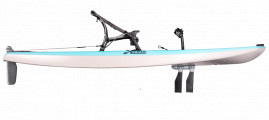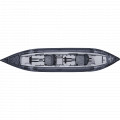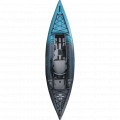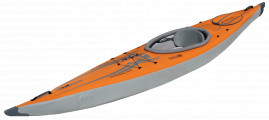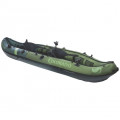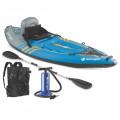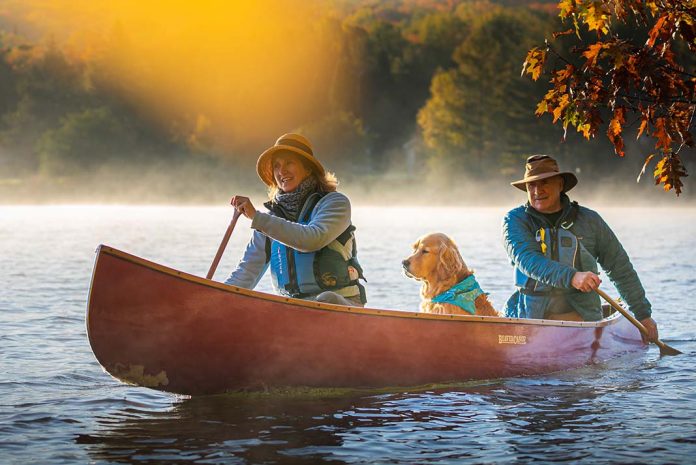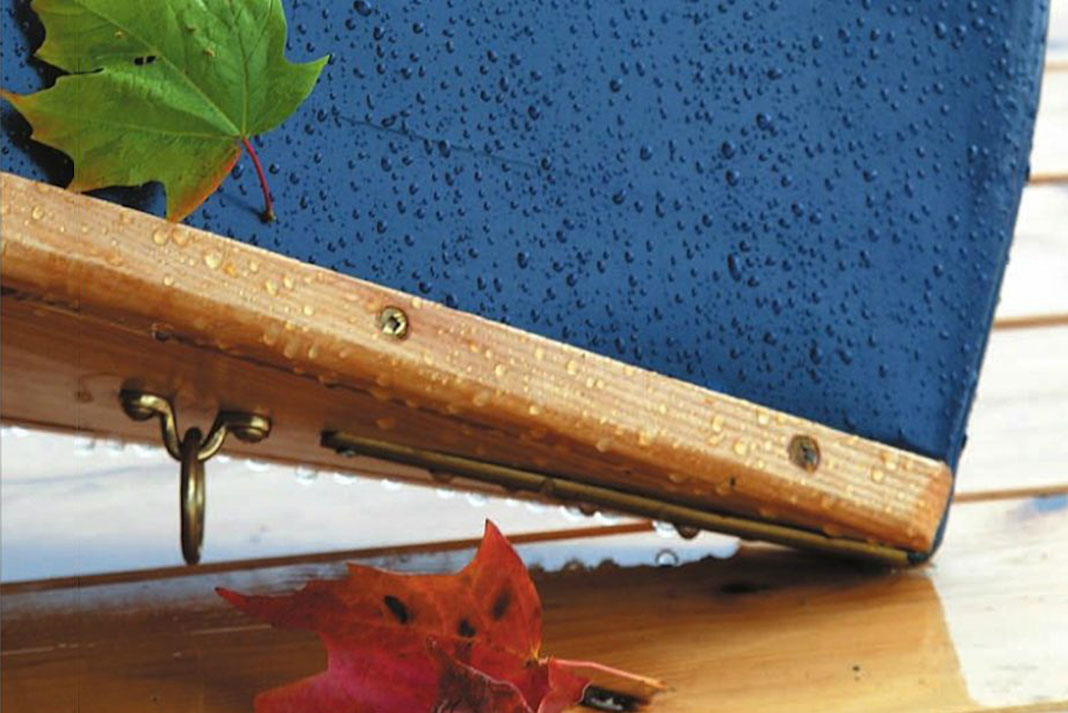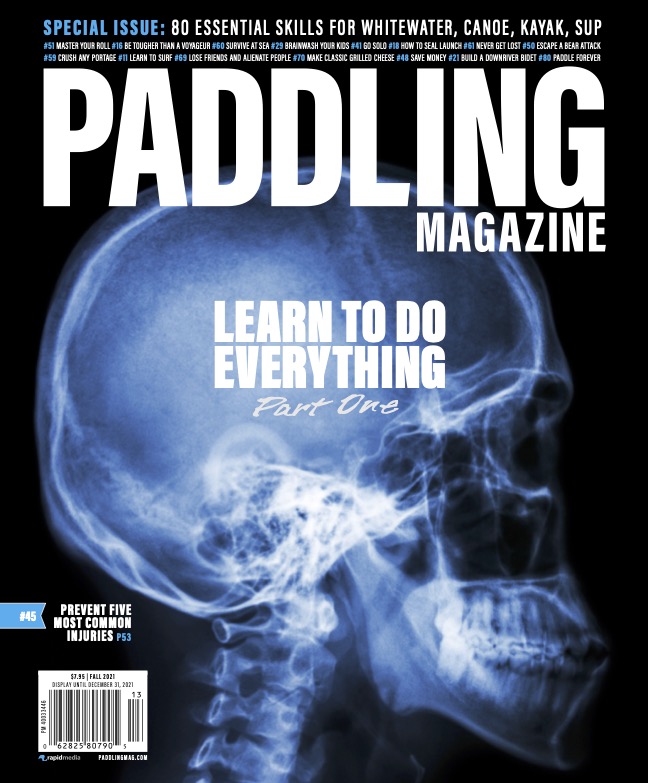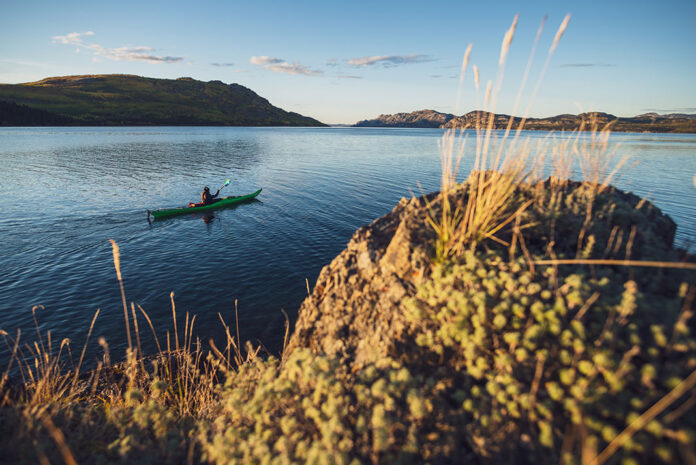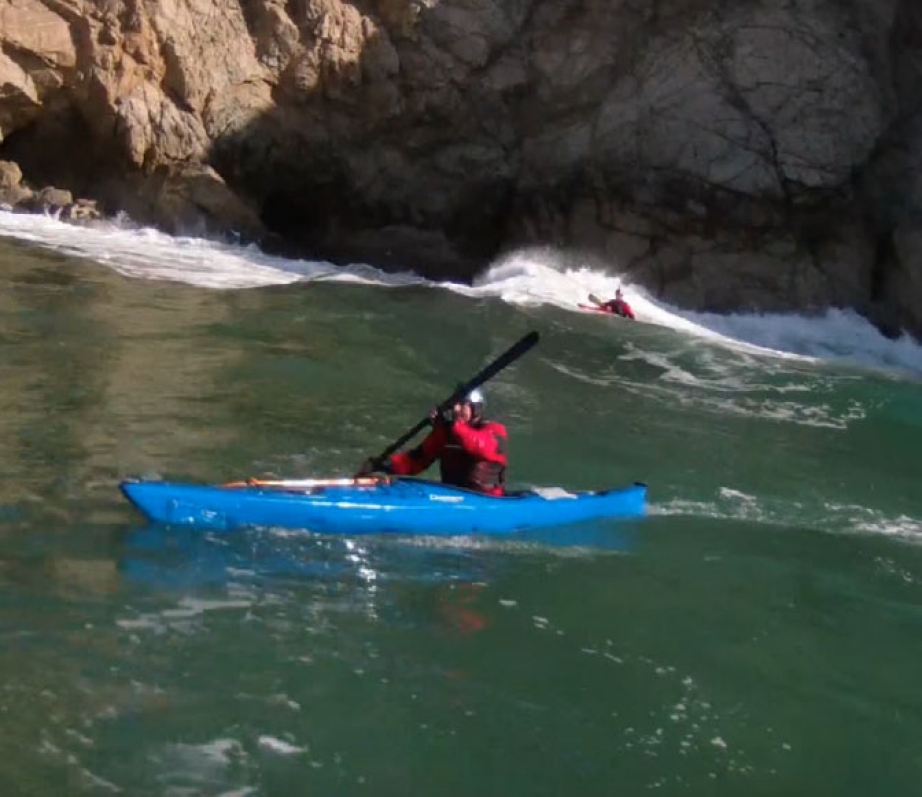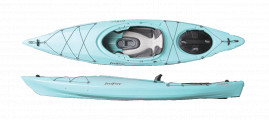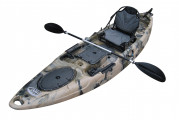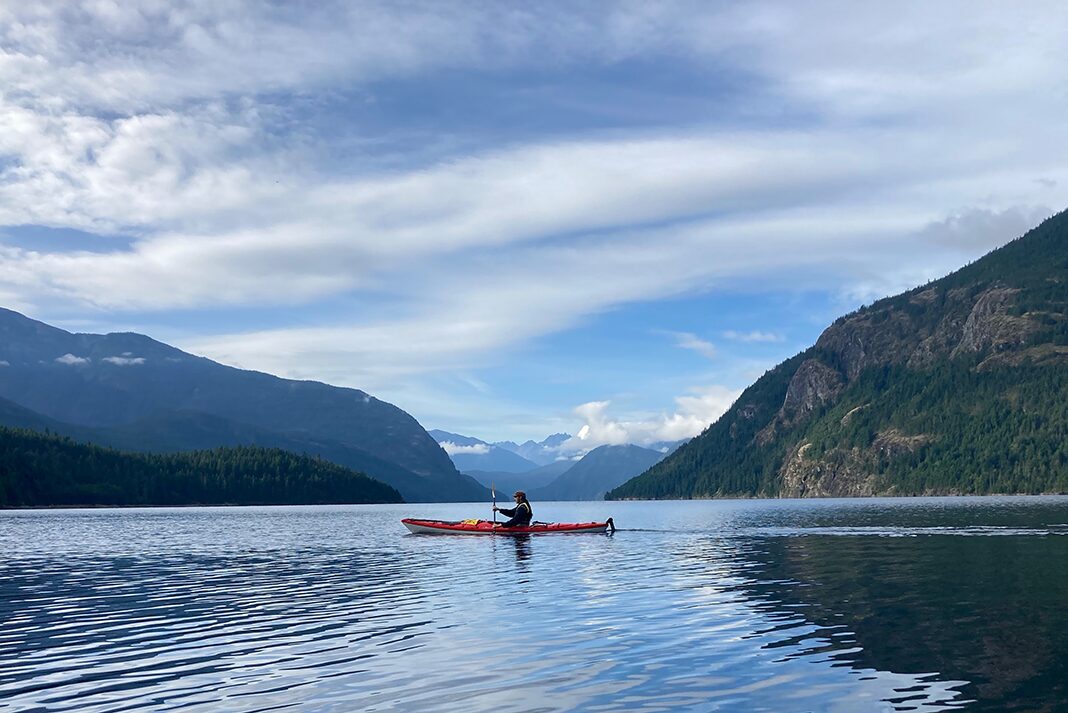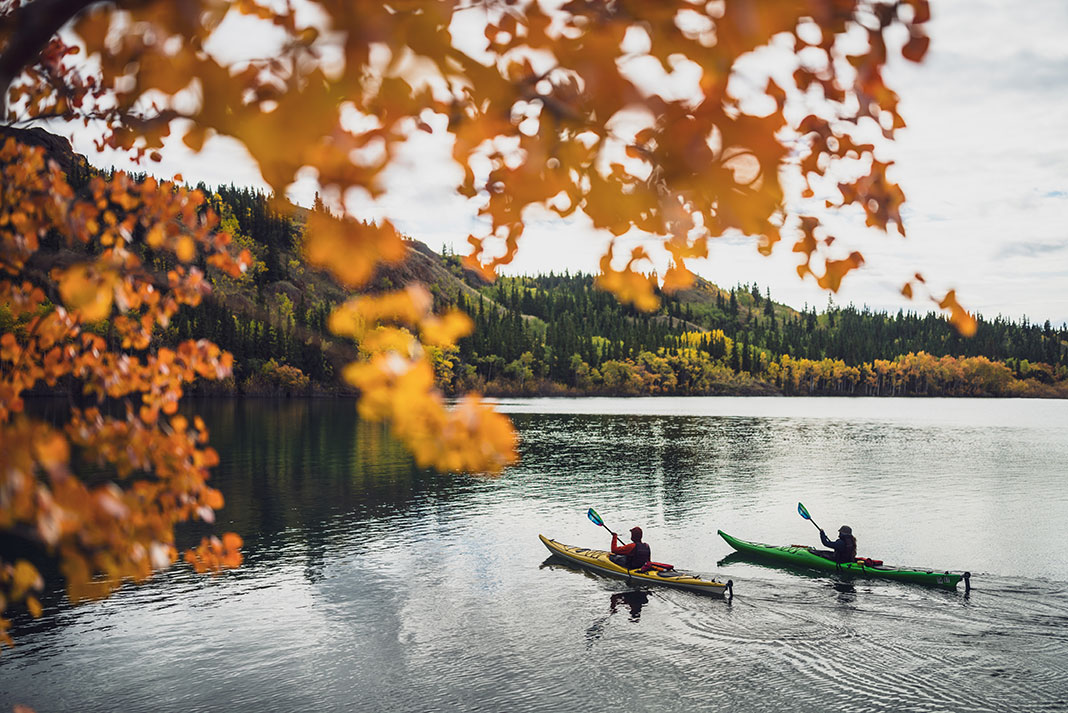The Sun Dolphin Journey 12 SS is a sit-on-top fishing kayak popular with anglers who want to get on the water without the price tag attached to many of today’s more elaborate fishing kayaks. The low cost and ease of use of the Sun Dolphin Journey 12 help this beginner-friendly fishing kayak make sport fishing accessible to everyone.
Sun Dolphin is a Michigan-based kayak brand manufactured in the United States. It is the largest kayak manufacturer in the world by production volume. Sun Dolphin kayaks are so widely available across North America, you’d be hard pressed to find a big-box department store, hardware store or outdoor chain that doesn’t carry these boats. From Walmart to Tractor Supply Company, the availability and attractively low price of the Sun Dolphin Journey 12 SS are two major reasons for the widespread popularity of this fishing kayak.
Sit-on-top kayaks like the Sun Dolphin Journey 12 SS are the most common style of fishing kayaks. A traditional sit-inside kayak has a hollow hull and a cockpit opening in which the paddler sits, legs extended under the deck. A sit-on-top design has more of a flat deck, on which there is a fixed seat or molded seating area. With a sit-on-top, the paddler is not enclosed within the kayak, but rather sits on top of the open deck enjoying more freedom of movement and access to gear, but less protection from the elements or waves.
Anglers value the open deck of a sit-on-top since it provides more accessible storage and mounting options for rods, tackle, fishing crates and other accessories. A sit-on-top kayak also allows anglers mobility on their craft. They can reach gear, cast, throw a leg over the side and, on the most stable sit-on-top models, even stand. A sit-on-top like the Sun Dolphin Journey 12 ft fishing kayak is also easier to climb on and off compared to sliding into a sit-inside kayak.
The Sun Dolphin Journey 12 SS fishing kayak’s user-friendly design, along with its low price point and widespread availability at major retailers across North America, have given this boat a large following within the angling community. Read on for a full Journey 12 SS review to learn more about this popular fishing kayak.
On the water with Sun Dolphin’s Journey 12
Sun Dolphin Journey 12 Specs
Length: 12’0” / 3.64 m
Width: 30.75” / 78 cm
Weight: 48 lbs / 22 kg
Capacity: 395 lbs / 179 kg
MSRP: $499 USD / $667 CAD
Performance
One of the most valued characteristics of any fishing kayak is stability. After all, anglers need to be able to concentrate on landing fish without worrying that they’re the one who’s going to be released into the water. Some users of the Sun Dolphin Journey 12 ft fishing kayak report a “tippy” feel to the boat.
Think of a kayak as having two types of stability: how it feels when sitting flat on the water (known as “initial stability”), and how the kayak feels when tilted side-to-side (known as “secondary stability”). Secondary stability is most important in rough water, allowing a kayak to rock with waves passing underneath rather than capsizing.
Kayaks with a wide, flat hull generally have good initial stability, but are less balanced when tilted on edge.
Kayak’s with a rounded or V-shaped hull and rounded transition from the bottom of the kayak to the sidewall generally have better secondary stability, but may feel tippy when sitting flat on calm water.
With its rounded hull profile, the Sun Dolphin Journey 12 favors good secondary stability rather than rock-solid initial stability. At 30.75 inches wide, it’s also a bit narrow compared to other fishing kayaks in its class, which may explain why users initially feel the kayak is “tippy.”
The sensation of a kayak tending to tip toward a side feels odd at first. If you find the Sun Dolphin Journey 12 SS feels unstable, try relaxing your lower body and letting the kayak sit how it wants to in the water. After a few outings, if you still feel uncomfortable, you may want to try a fishing kayak with a wider and flatter hull.
What a narrower, sleeker kayak like the Sun Dolphin Journey 12 SS trades off in stability, it makes up for in speed. A basic rule for kayak speed is that longer and narrower hulls are faster than shorter or wider hulls. At 12 feet long and just over 30 inches wide, the Journey 12 SS is quicker than many recreational fishing kayaks in its class.
Market and demographics
The Sun Dolphin Journey 12 SS is an entry-level sit-on-top kayak and falls within the category of recreational fishing kayaks.
What makes the Sun Dolphin Journey 12 an entry-level kayak? The price point for one. The Journey 12 retails for $499 USD, this is at the very low end of the fishing kayak price scale. Sun Dolphin achieves this low price by keeping outfitting and features bare-bones, another reason this kayak rates as entry-level in a feature-hungry fishing market.
Recreational kayaks like the Sun Dolphin Journey 12 are best suited for paddling and fishing sheltered lakes and bays, as well as slow-moving rivers.
About the Sun Dolphin Journey 12 SS
Design
Design features and details
As mentioned earlier, the Sun Dolphin Journey 12 SS is a sit-on-top kayak. This means the seating area and gear storage areas are molded into the deck of the kayak. This is in contrast to a sit-inside kayak design, where you slide your lower body into the enclosed or partially-enclosed cockpit of the kayak. The sit-on-top design allows more freedom of movement, easier entry and exit and better access to gear, but less protection from the elements or splashing waves.
The Sun Dolphin Journey 12 has a pronounced V-shaped bow—like a sailboat or ship—that helps it cut through waves and deflect spray in choppy conditions. Combined with its high sides, this makes the Journey 12 a fairly dry ride on the sheltered waterways where it’s intended to be used.
A word of caution, however: Sun Dolphin doesn’t include scuppers on the Journey 12 SS. What’s a scupper, you ask? Scuppers are the drain holes commonly found under your legs and seat within the cockpit and tankwell of sit-on-top kayaks. Any water splashing into the kayak drains out through the holes. Some water can also enter through the holes. In calm conditions, water lapping up the scuppers can be unwanted. To avoid this, paddlers often use scupper plugs until water needs to be drained.
Without scuppers, the inevitable reality is that splashing waves, boat wakes, rain or paddle drips will enter the cockpit and have no means to escape. Because the seat is the lowest point within the Sun Dolphin Journey 12 SS, you can expect to find yourself sitting in a puddle.
A large kayak sponge is the easiest way to remove small amounts of water. But, should a large wave or hauling in a trophy lunker swamp the cockpit with water, a kayak bilge pump is useful to have handy. Fortunately, water in the boat is more of an inconvenience than a safety concern; unlike many sit-inside recreational kayaks, the Sun Dolphin Journey 12 sit-on-top will remain floating and able to paddle even if swamped.
Material and construction
Sun Dolphin kayaks are built using high density polyethylene. This type of polyethylene, also referred to as HDPE, is a common material used in manufacturing recreational kayaks because it is an inexpensive yet durable plastic. HDPE is susceptible to damage from long-term UV exposure, so Sun Dolphin uses a UV-stabilized polyethylene that slows the degradation process. It’s also recommended that you store your Journey 12 fishing kayak indoors or away from direct sunlight to ensure the best performance over time.
Sun Dolphin Journey 12 SS fishing kayak accessories and outfitting
Remember, the Sun Dolphin Journey 12 SS is an inexpensive kayak stripped of many bells and whistles to keep the price down. However, from bow to stern, the Sun Dolphin manages to squeeze in a number of useful, angler-specific outfitting features and accessories.
Near the bow of the Sun Dolphin Journey 12 ft fishing kayak is a forward tankwell for storage. This tankwell is recessed into the deck of the kayak, and has bungee cord rigging over it to secure your gear. A small, screw-top hatch in the tankwell accesses below-deck storage for stashing items you don’t need to keep as handy. Do not assume this hatch is watertight. Any items that need to stay dry should be in a dry bag.
An appreciated outfitting feature within the cockpit are the adjustable foot braces. These sliding foot braces provide the ability to fine tune your leg position, with a greater range of adjustability than simple molded-in foot rests. Foot braces are critical to providing good support for efficient paddle strokes and paddler comfort.
The seat of the Sun Dolphin Journey 12 is basic and bare-bones compared to the luxurious frame seats available on more expensive fishing kayaks. Some users complain that the thin seat pad and simple backband on the Journey 12 bucket seat do not provide adequate cushioning or support.
Another common remark is that the low positioning of the seat limits paddler reach, making it awkward for shorter paddlers to take comfortable strokes. Keep in mind that seat outfitting is generally easily modified with a few pieces of closed-cell foam and adhesive. This may be all you need to improve comfort and fit.
The Sun Dolphin Journey 12 includes three rod holders. Two rod holders are flush-mounted into the kayak directly behind the cockpit. The third is a swiveling rod holder installed toward the front of the cockpit, between the paddler’s knees.
Most Journey owners find the forward rod holder is far enough forward it won’t cause an issue with paddle strokes.The swiveling capability can be useful to troll a line on a reverse drift along an undercut bank, or to have a rod ready for action at the first sight of tailing redfish.
Next to the cockpit is a bungee paddle holder. This is useful to stow your paddle while fishing.
The most unique feature on the Sun Dolphin Journey 12 SS is the removable storage pod that fits snugly in the kayak’s rear tankwell. The pod, which Sun Dolphin refers to as the P.A.C. (Portable Accessory Carrier), provides dry storage and can be easily removed if you prefer to use the open tankwell. You can even tow the P.A.C. behind the kayak if you need extra storage space.
The triangular shape of the Sun Dolphin Journey 12 SS front and rear tankwells accommodate smaller bags and boxes but do not fit the much-loved milk crates so many kayak anglers have come to adopt for ease of organization and transportation of tackle.
Besides the bungee paddle park, P.A.C., stern drain plug and forward rod holder, there aren’t many other Sun Dolphin Journey 12 SS parts to consider. The lack of scupper holes means scupper plugs are not in any way needed.
Sun Dolphin Journey 12 SS mods
The Sun Dolphin Journey 12 provides a simple, bare-bones platform that kayak anglers can modify to suit their needs and preferences. Paddlers of the Journey 12 often upgrade the seat, install accessory mounts and even trolling motors.
Sun Dolphin itself doesn’t offer much in the way of custom accessories, so any modifications are the work of paddler innovation. Fortunately, the popularity of the Journey 12 means there is a large community of anglers using this kayak and documenting their DIY modifications on YouTube and elsewhere.
A seat upgrade is one of the most common user improvements. Anglers may opt to simply replace the thin seat with thicker foam, or install an elevated folding frame seat. Premium fishing kayaks often feature an elevated, lawnchair-style frame seat for enhanced comfort and a better view into the water. Some DIY modifiers create an elevated seat in the Sun Dolphin Journey 12 by installing a thick piece of foam paired with a folding seat, such as the Cascade Mountain Tech stadium seat or the GCI Sit Backer canoe seat. Keep in mind that the higher position of a frame seat may be more comfortable, but also reduces stability. Test any DIY mods out on calm waters near shore before paddling off to more remote fishing holes.
Another simple Sun Dolphin Journey 12 modification anglers can make is the addition of accessory tracks, such as these low profile tracks from Scotty. Accessory tracks screwed to the deck provide a place to mount removable rod holders as well as add electronics such as a fish finder, GPS or action camera. Kayak anglers can purchase mounts for different uses through brands like Scotty and RAM.
How it compares
Within the Sun Dolphin fishing kayak lineup, the Journey 12 SS is their mid-range sit-on-top. The Journey 10 is a shorter kayak with a similar design, while the Boss 12 SS is Sun Dolphin’s premium fishing kayak with a catamaran-style, stand-up fishing capable hull and higher end features like a frame seat. Sun Dolphin also produces two sit-inside fishing kayaks, the basic Excursion 10 and the larger, more deluxe Excursion 12 SS.
-
Sun Dolphin Journey 10 vs 12
If you are deciding between the Sun Dolphin Journey 12 SS and Journey 10 SS, the main differences between these two popular sit-on-top fishing kayaks are dimensions and capacity. These differences result in some subtle, and some not-so-subtle, changes to performance and who is going to enjoy these boats.
At 9’6”, the Journey 10 is over two feet shorter than the 12-foot Journey 12. A general rule for kayaks is the longer the kayak, the faster it will be. This means the Journey 10 is significantly slower with less glide than the Journey 12.
The dimensions of a kayak are also factor into its volume, which affects its buoyancy and weight capacity. The Journey 10 has a maximum capacity of 250 pounds, compared to the Journey 12’s capacity of 395 pounds. This 145-pound difference could be an important consideration for larger paddlers.
So if the Journey 10 is slower and can carry less weight, is there any reason paddlers should choose it? For one, storage and transport. The Journey 10’s shorter length makes the kayak easier to balance and swing around when carrying. Not to mention a sub-10-foot kayak can even fit in some vans, SUVs and apartments.
Length is also an important factor in the waterways you paddle. A longer kayak is harder to turn, a shorter kayak quicker to maneuver. If you are paddling tight waterways, the Journey 10 will provide more maneuverability.
For most kayak anglers the Journey 12 provides a more versatile craft, but the Journey 10 is a sound option for skinny-water anglers and smaller paddlers.
-
Sun Dolphin Journey 12 vs Boss 12
In comparison to the Boss 12, the Sun Dolphin Journey 12 is lighter, more maneuverable and lower cost. The Journey 12 is geared to the kayak angler seeking a basic kayak to enter the sport at a low cost.
The Boss 12 SS has a wide, super-stable catamaran-style hull and a flat open area on the deck providing a standing platform for casting. The Boss 12 SS also features an elevated frame seat, larger tankwells that can fit fishing crates, twice as many rod holders as the Journey 12 and more options for mounting accessories. On the other hand, the Boss 12 SS also weighs 78 pounds, nearly twice as much as the Journey 12.
All around, the Boss 12 is a more comprehensive fishing kayak. If you want a stand-up capable fishing kayak, the Boss 12 SS is the obvious choice. Go with the Journey 12 SS if you want a lightweight, portable kayak that’s just as fun for recreational paddling as it is for fishing.
-
Sun Dolphin Journey 12 vs Perception Pescador 12
The market for comparable fishing kayaks to the Sun Dolphin Journey 12 is huge, and while shopping for a fishing kayak in this class it’s always a good idea to weigh your options. Another popular, well-reviewed fishing kayak worth checking out is the Perception Pescador 12.
Like the Journey 12, the Pescador 12 is a 12-foot sit-on-top fishing kayak. Compared to the Journey, the Pescador has a wider, flatter hull that feels reassuringly stable in both waves and on flatwater. Other features that make the Pescador a good choice are a rear tankwell large enough to fit a fishing crate and scupper holes that keep the Pescador cockpit dry and comfortable.
The Pescador 12 is modestly more expensive at $800 USD compared to $500 USD for the Journey 12. But with a proven track record, strong user reviews and more fishing-ready features, the Perception Pescador 12 is a great choice if you can afford the upgrade. Read a full Perception Pescador 12 review here.
Where to buy
The popularity of Sun Dolphin kayaks is due in no small part to their widespread availability at most major North American retailers. You can check Sun Dolphin Journey 12 SS Walmart availability as well as Tractor Supply. Other retailers who carry Sun Dolphin products include Dick’s Sporting Goods, Canadian Tire and online at Amazon.

Journey 12 ss
- Ideal for lakes and rivers and to get to those excluded fishing spots
- Lightweight and easy to carry
- Tracks and paddles with ease while offering maximum stability
Pros and cons
Pros
- Low cost
- Lightweight
- Adequate fishing features for casual anglers
- Good speed for a recreational fishing kayak
- Widely available
- Large community of fellow users to share knowledge and mods
Cons
- Lack of stability (may feel “tippy” for some users)
- No scuppers for drainage
- Bare-bones seat lacks support and comfort
Related articles
Sun Dolphin kayak reviews
- Kayak Review: Sun Dolphin Excursion 10
- Fishing Kayak Review: Sun Dolphin Journey 10
- Fishing Kayak Review: Sun Dolphin Boss 12 SS
- Recreational Kayak Review: Sun Dolphin Aruba 10
- Fishing Kayak Review: Sun Dolphin Journey 12 SS
- Recreational Kayak Review: Sun Dolphin Bali 10 SS
Budget kayak reviews
- Inflatable Kayak Review: Tobin Wavebreak
- Kayak Review: Sun Dolphin Excursion 10
- Recreational Kayak Review: Perception Tribe 9.5
- Fishing Kayak Review: SeaStream Angler 120 PD
- Recreational Kayak Review: Perception Swifty Deluxe 9.5
- Inflatable Recreational Kayak Review: Intex Challenger K1
- Fishing Kayak Review: Sun Dolphin Journey 10
- Recreational Kayak Review: Pelican Trailblazer 100 NXT
- Fishing Kayak Review: Sun Dolphin Boss 12 SS
- Inflatable Kayak Review: Sevylor Colorado
Sit-on-top recreational kayak reviews
- Recreational Kayak Review: Perception Tribe 9.5
- Recreational Kayak Review: Wilderness Systems Tarpon 100
- Recreational Kayak Review: Ocean Kayak Frenzy
- Fishing Kayak Review: Sun Dolphin Journey 10
- Tandem Recreational Kayak Review: Ocean Kayak Malibu Two
- Fishing Kayak Review: Sun Dolphin Journey 12 SS
- Recreational Kayak Review: Sun Dolphin Bali 10 SS
- Recreational Kayak Review: Lifetime Wave Youth
- Recreational Kayak Review: Pelican Bandit NXT 100
- Boat Review: Islander Hula Sit-On-Top Kayak




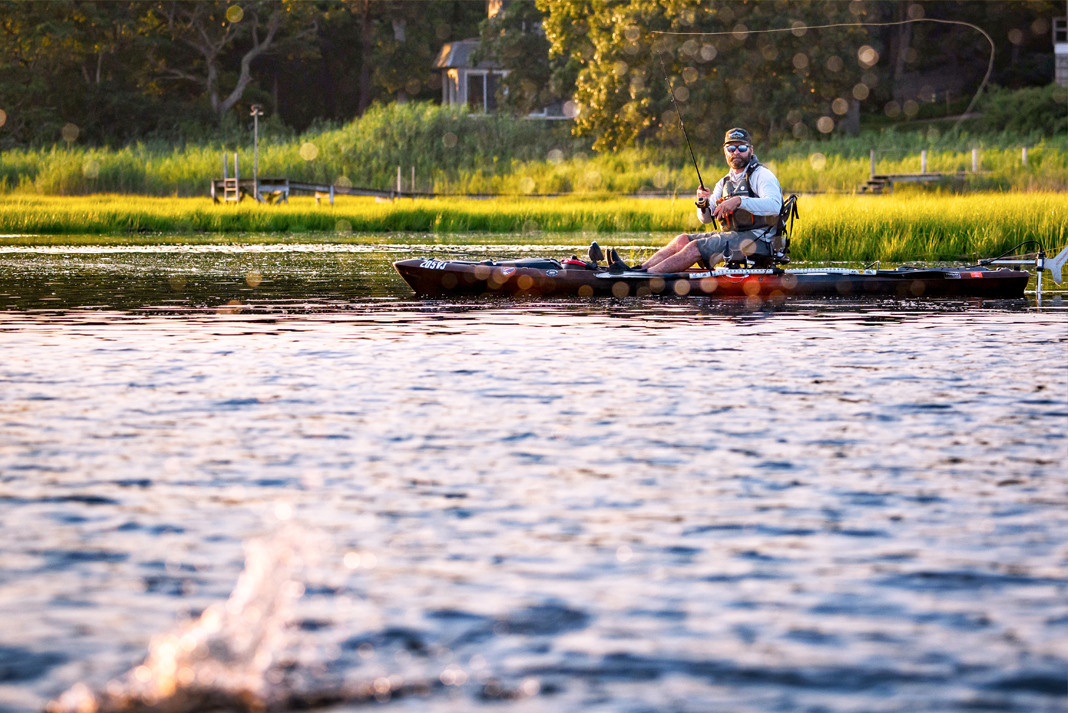
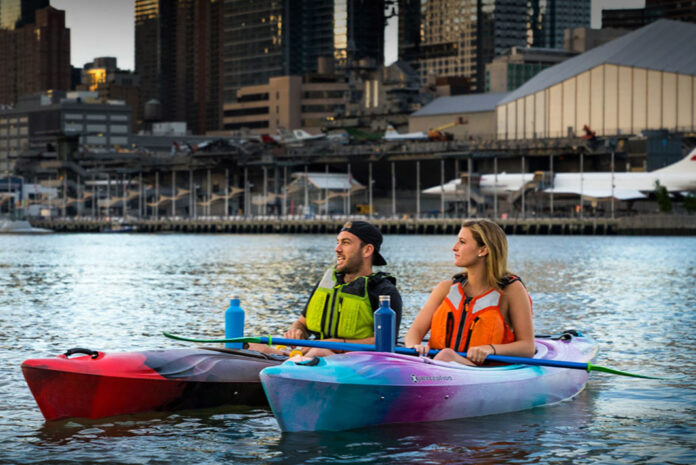



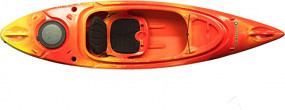

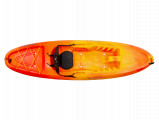


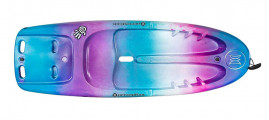

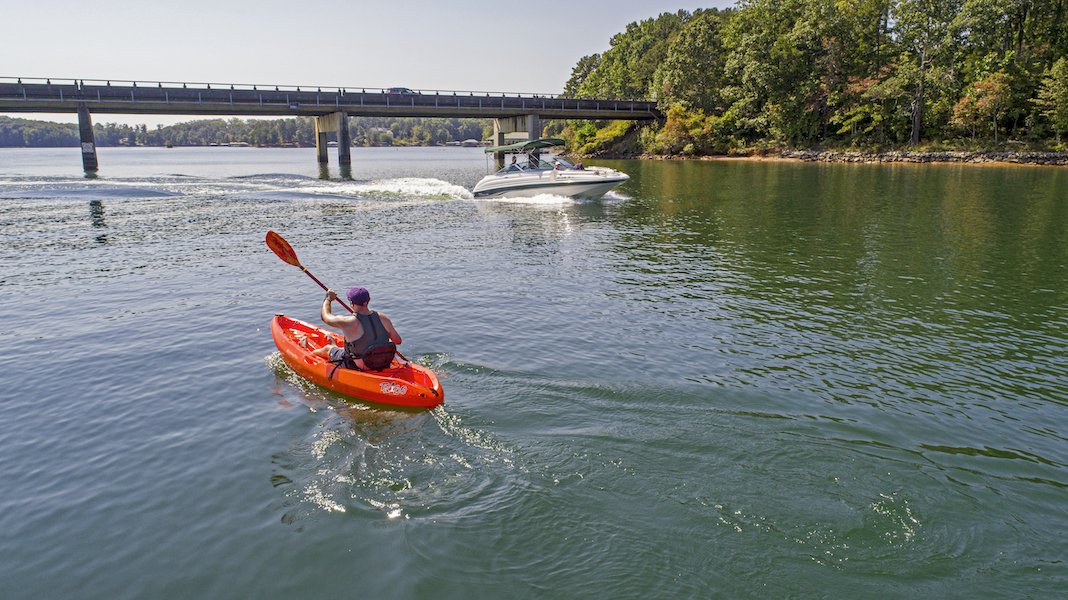

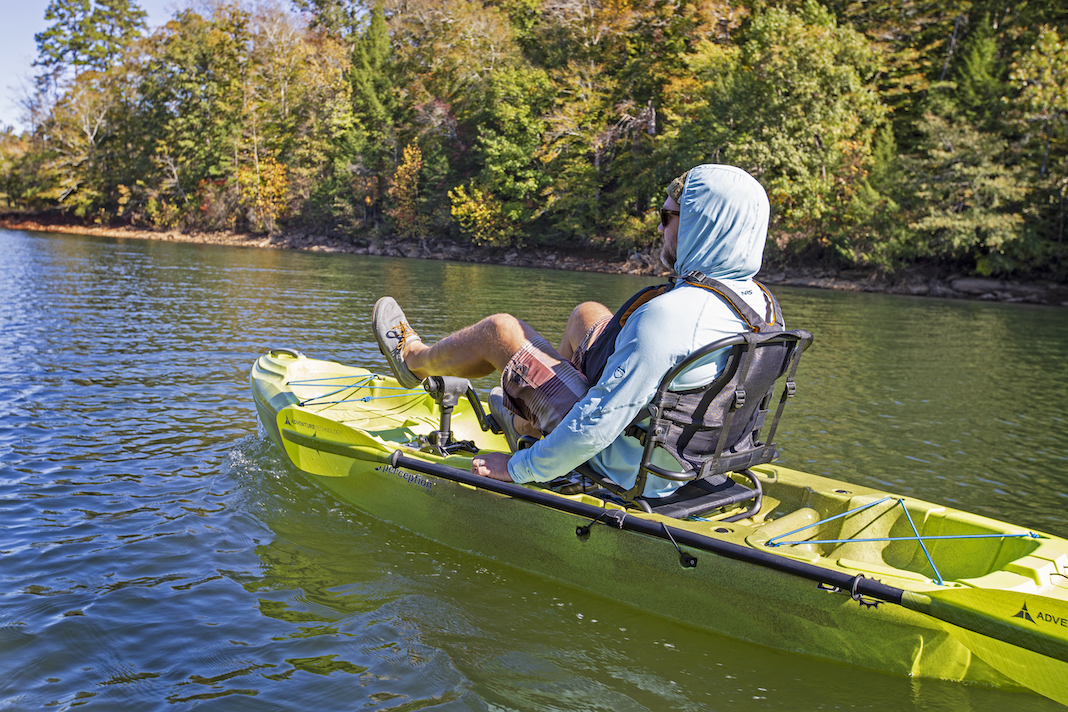
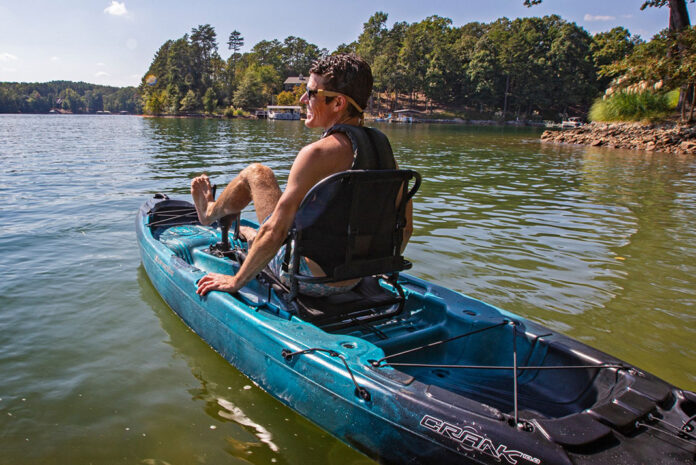

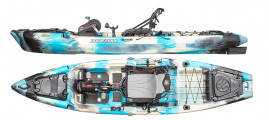
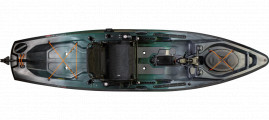


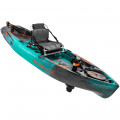




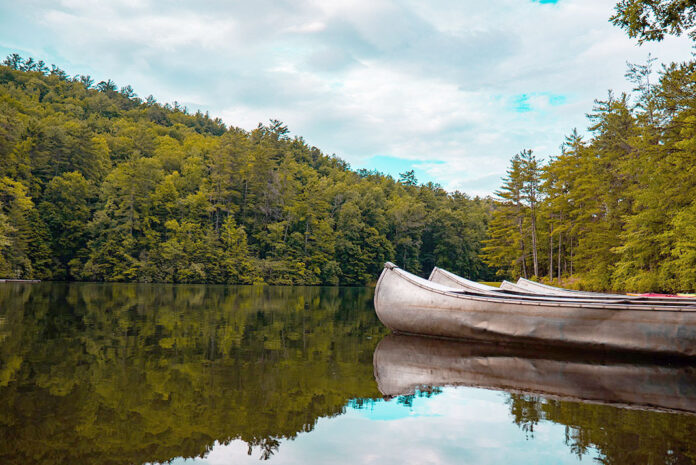
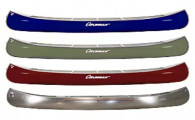

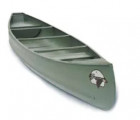

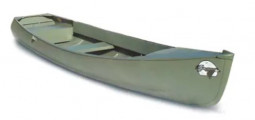



-first_product_boats.jpg)





